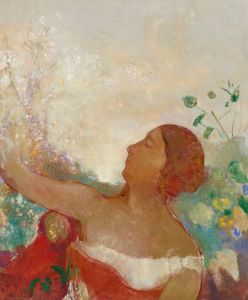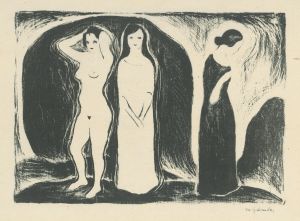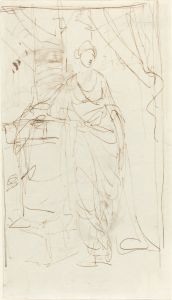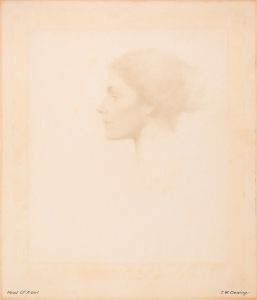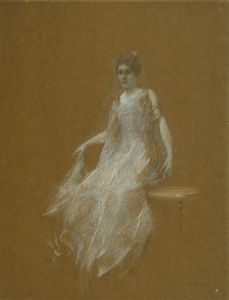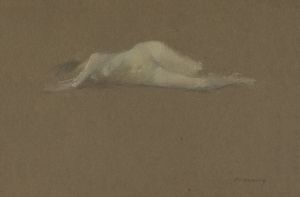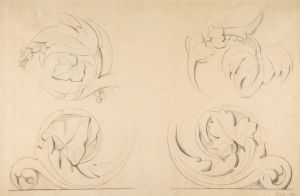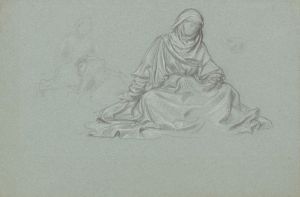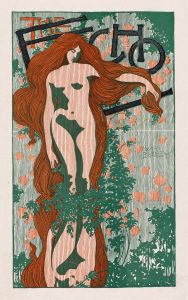
Lady in Gold
A hand-painted replica of Thomas Wilmer Dewing’s masterpiece Lady in Gold, meticulously crafted by professional artists to capture the true essence of the original. Each piece is created with museum-quality canvas and rare mineral pigments, carefully painted by experienced artists with delicate brushstrokes and rich, layered colors to perfectly recreate the texture of the original artwork. Unlike machine-printed reproductions, this hand-painted version brings the painting to life, infused with the artist’s emotions and skill in every stroke. Whether for personal collection or home decoration, it instantly elevates the artistic atmosphere of any space.
"Lady in Gold" is a painting by the American artist Thomas Wilmer Dewing, who was an influential figure in the American Tonalist movement. Dewing was born in 1851 in Boston, Massachusetts, and he became known for his delicate and atmospheric works that often depicted women in elegant, contemplative poses.
The painting "Lady in Gold" is a prime example of Dewing's style, characterized by its subtle use of color, refined composition, and the ethereal quality of the subject. The artwork features a solitary female figure dressed in a flowing, golden gown, set against a muted background. This choice of attire and the overall palette contribute to the painting's serene and almost dreamlike atmosphere.
Dewing's technique often involved the use of soft, diffused light and a limited color palette to create a sense of harmony and tranquility. In "Lady in Gold," these elements are evident in the way the light gently illuminates the figure, enhancing the delicate textures of the fabric and the graceful lines of the woman's pose. The background, rendered in subdued tones, serves to highlight the central figure without distracting from her presence.
The subject of the painting, like many of Dewing's works, is depicted in a moment of quiet introspection. This focus on the inner life of his subjects was a hallmark of Dewing's approach, reflecting his interest in capturing the subtleties of human emotion and the contemplative aspects of modern life. The woman's expression and posture suggest a sense of calm and introspection, inviting viewers to engage with the painting on a more personal and emotional level.
Thomas Wilmer Dewing was associated with the Ten American Painters, a group of artists who broke away from the Society of American Artists in 1897 to form their own collective. This group, which included notable artists such as Childe Hassam and John Henry Twachtman, sought to promote a more individualistic and expressive approach to art. Dewing's contributions to this movement were significant, and his works were well-received by both critics and collectors.
"Lady in Gold" is representative of Dewing's mature style, which evolved over the course of his career. His early works were influenced by the French Barbizon school, but he gradually developed a more personal and distinctive approach. By the time he created "Lady in Gold," Dewing had established himself as a master of tonal harmony and subtlety, qualities that are evident in this painting.
Today, Thomas Wilmer Dewing's works are held in numerous prestigious collections, including the Smithsonian American Art Museum and the Metropolitan Museum of Art. "Lady in Gold" remains a testament to his skill and his unique vision, continuing to captivate audiences with its beauty and tranquility.





